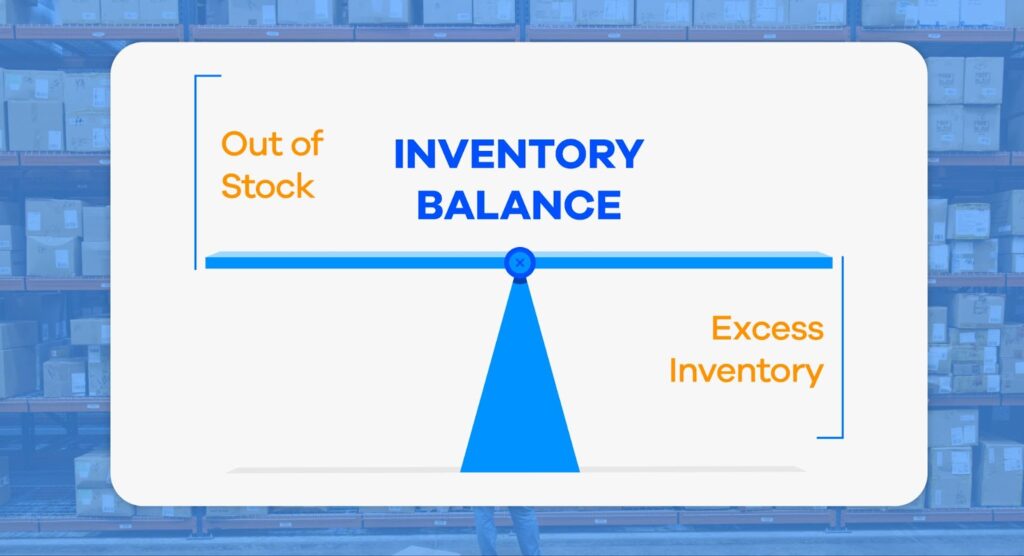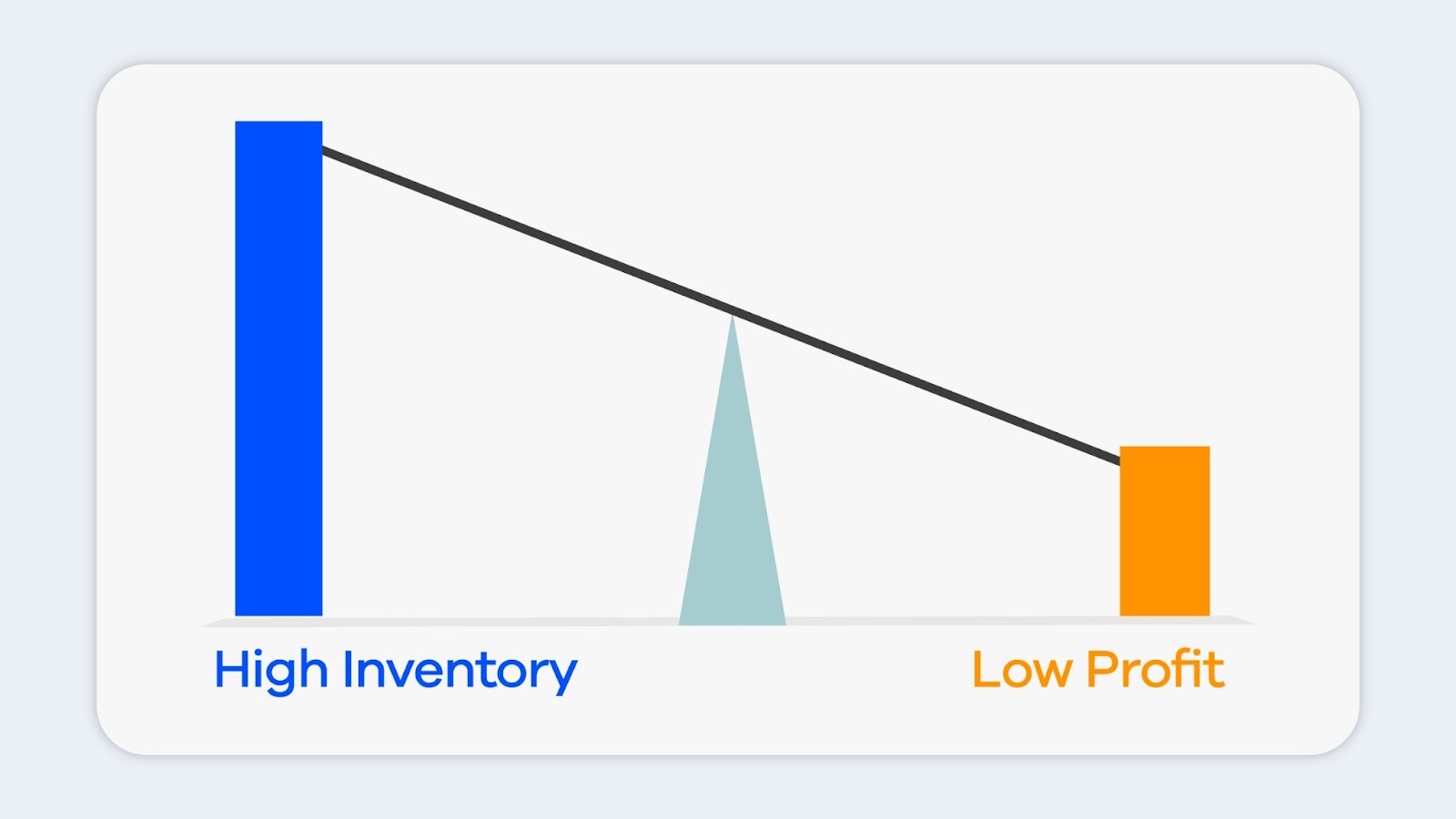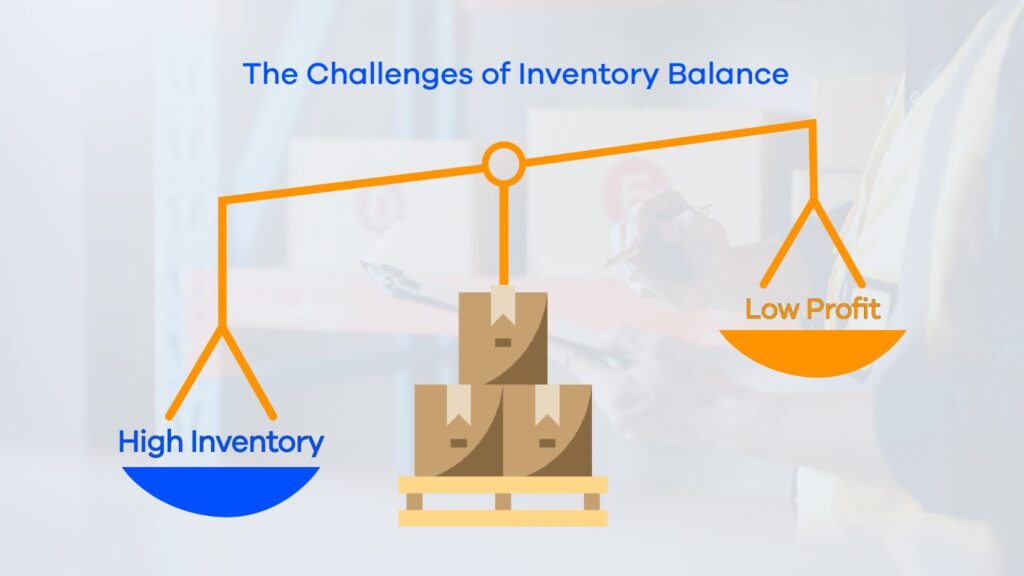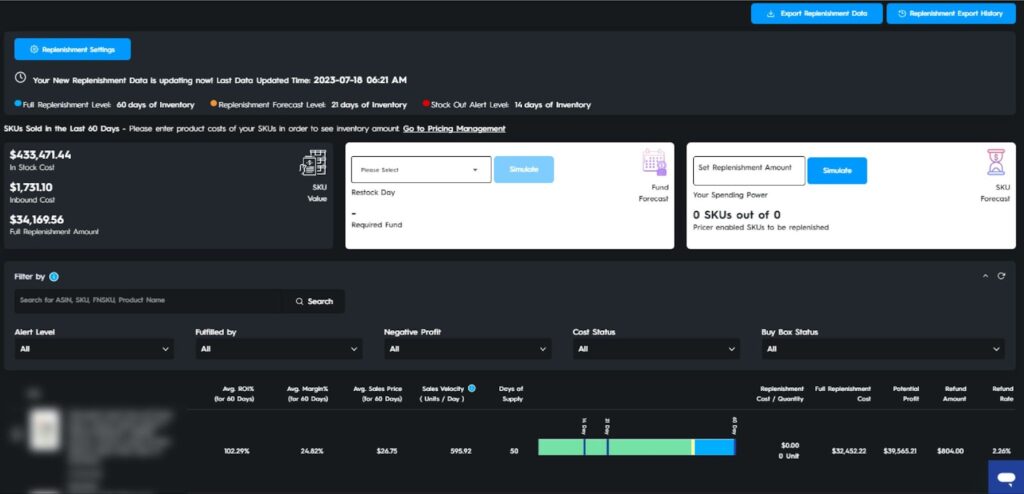Table of Contents
Introduction
Inventory management is the spine of any successful eCommerce business, and when it comes to Amazon, it’s no different. With the right balance, you can unlock gainfulmargins and drive your business growth. But achieving this balance is no small feat. It requires a deep understanding of demand forecasting, inventory turnover, and strategic replenishment—all of which are under the influence of a myriad of factors, from market trends to season changes.
In this guide, we’ll delve into the art of mastering Amazon inventory balance. We’ll provide valuable insights and practical advice, backed by data, to help you optimize your inventory for maximum profitability. Let’s embark on this journey to inventory mastery.

Section 1: Understanding the Importance of Inventory Balance
Inventory balance is the sweet spot between having too much and too little stock. It’s a delicate balance that, when maintained, can lead to increased sales, reduced storage costs, and improved cash flow.
According to a study by the Ivey Business Journal, inventory balance is a critical factor in maximizing profitability. The study found that companies with optimal inventory levels had a 5% higher profit margin than their counterparts. This underscores the importance of inventory balance in driving business success.
Another report by McKinsey highlights the role of advanced analytics in improving inventory balance. The report suggests that companies using advanced analytics for inventory management can significantly enhance their customer service, reduce costs, and unlock new revenue streams.

Section 2: The Challenges of Inventory Balance
Achieving inventory balance is easier said than done. It’s a complex process fraught with challenges. One of the main hurdles is demand forecasting. Predicting customer demand the right way is crucial for maintaining inventory balance. However, factors like market trends, seasonal fluctuations, and sudden changes in demand can make this task daunting.
Another challenge is inventory turnover. This refers to the number of times a company sells and replaces its inventory during a certain period. A low inventory turnover rate can lead to overstocking, resulting in high storage costs and potential losses due to unsold items. On the other hand, a high inventory turnover rate can lead to understocking, which can result in missed sales opportunities and unsatisfied customers.
Strategic replenishment is a key aspect of inventory balance. It involves replenishing your stock at the right time to avoid stockouts and overstocking. However, determining the right time to replenish your stock can be tricky, especially when dealing with multiple products and suppliers.

Section 3: Strategies for Mastering Inventory Balance
Despite these challenges, there are strategies you can employ to master inventory balance. One such strategy is demand forecasting. By leveraging data and analytics, you can predict customer demand more exact and adjust your inventory levels accordingly.
Another strategy is to monitor your inventory turnover rate closely. By doing so, you can identify trends and patterns that can help you optimize your inventory levels.
Moreover, implementing a clever replenishment system can significantly improve your inventory balance. This includes setting up automatic reorders for your products based on their sales velocity and lead time.
Furthermore, using advanced analytics can take your inventory management to the next level. According to a Forbes article, machine learning can significantly improve inventory optimization by providing real-time insights and predictive analytics.

Section 4: Leveraging Technology for Inventory Balance
In today’s digital age, technology plays a pivotal role in inventory management. There are numerous tools and platforms available that can help you maintain inventory balance.
For instance, inventory management software can automate various tasks, such as tracking inventory levels, generating sales reports, and setting up automatic re-orders. This not only saves time but also reduces the risk of human error.
Moreover, AI-powered tools can provide valuable insights and predict analytics to improve your inventory management. For instance, Eva, an integrated AI platform, helps brands maximize their Amazon traffic, conversion, availability, and profits. With ex-Amazonians and end-to-end solutions, Eva proves to be the ultimate partner for brands selling through Vendor or Seller Central.

Conclusion
Mastering the art of inventory balance is crucial for receiving profitable margins on Amazon. It requires a deep understanding of demand forecasting, inventory turnover, and strategic replenishment. By leveraging data, analytics, and technology, you can overcome the challenges of inventory balance and drive your business growth.
Remember, inventory balance is not a one time task. It’s an ongoing process that requires constant monitoring and adjustment. But with the right strategies and tools, you can master this art and unlock high margins.
So, are you ready to take your Amazon inventory management to new heights? Start your journey to inventory mastery today!








